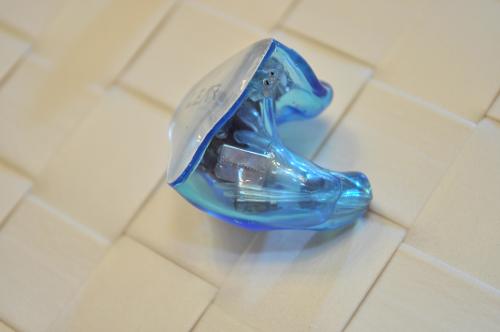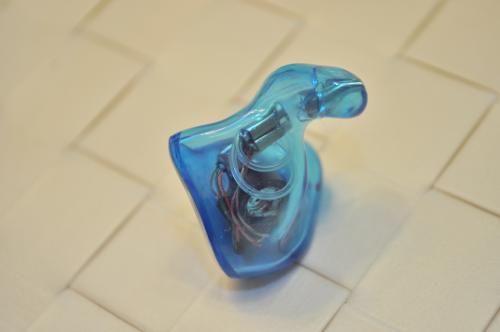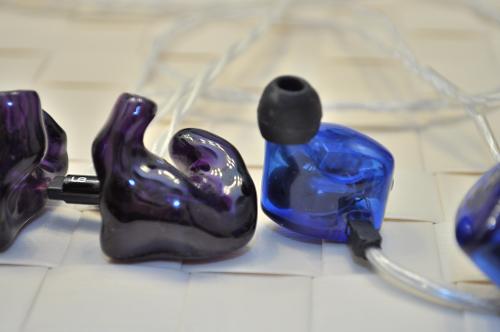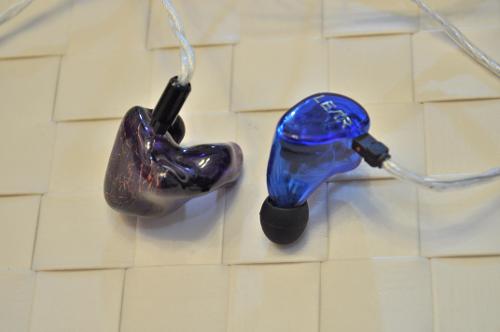
First of all, I'd like to thank Lear for opportunity to review BD4.2
I'll try to be short, and outline main points, regarding this unique IEMs. Please note, that current revision differs, from the first one, and Lear done a good work upgrading it.
Acessories
More then you wish: hard Pelican Case, carrying pouch, 4 pairs different silicone tips, 3 different pairs of foam tips, cleaning tool and bass-tuning screwdriver. Different tips provides different sound signature, so you can experiment easily.
Design
BD4.2 are pretty big. There is no other way to fit inside 4 balanced armatures, 2 dynamic transducers, crossover schematics with bass tuner regulator and acoustic lowpass filter. Luckily, Lear made BD4.2 thick, but not very long, so they'll fit into almost any ears.
Overall look of BD4.2 is superb. They are made from transparent acrylate polymer, and you can see, how complex they are inside. Build is perfect, no signs of any flaws.
Lear offers wide variety of colors and "true texture" faceplates that can be made from wood, metal, denim and so on.
Also, I should mention stock cable: silver-white, light and flexible. No sign of microphonics.
Sound
First precondition of high quality sound with BD4.2 is a really great source. I'm using them with Concero HP from Resonessence labs, and I like them. Your DAC/DAP should be able to control bass perfectly, and have low output impedance (better less then 1Ω)
Second precondition is to find a tips, that should provide you best seal, without it, you'll loose bass impact. Tri-flange tips are preferable, if you can fit them. Actually, I can recommend you to think about custom version of BD4.2, it costs a little more, but you'll get the best seal you can.
Third precondition, you should have really good quality records, with good mastering, otherwise, BD4.2 will show you all flaws in them.
Best part of this IEMs is that you can tune their sound whatever you like. Built-in bass tuner can adjust lower frequencies in very high range (about 24dB), so you can have whatever you want: from neutral monitors to bassbombs, able to blow your mind. Also, you can tune sound using different tips, stock, as well as thirdparty. One more way of tuning - use some acoustic filters. BD4.2 uses unique 4-bore design, two are for low frequencies, one for mid and one for high, so small piece of cloth can tame desired range a bit. And even more, you can use resistor adapter, it will lower high frequency response, if you like.
I've finished my experiments with bass tuner set ot 8 o'clock and 3-flange tips. This gave me nice impact of bass, with really good texture and power. Almost no other headphones can give such punch, so drums and bass sounds really lively and natural.
Mid frequencies are also good. BD4.2 reminds me Lear LUF-4S, that are very detailed earphones with good microdynamics. This will allow performers sound with all feelings, they trying to put in music.
High frequencies are bright, and also detailed. If you don't like sparkling sound, beware, with some records BD4.2 can be bright. Especially I like it, it gives me feeling of spacious and airy sounding.
BD 4.2 shows Lear's vision of perfect sound, and I'm really like it. It's pretty expensive, but such a complex IEMs can't be cheap.










































